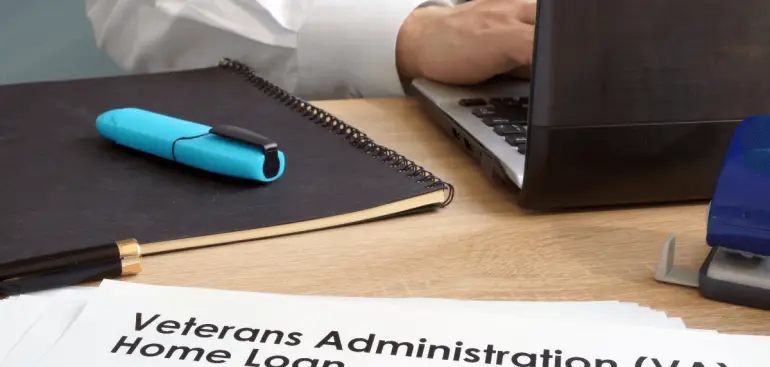Since the Federal Reserve cut its prime interest rate to zero in mid-March 2020, many onlookers thought that mortgage interest rates would drop. That hasn’t happened. With a few exceptions such as VA 30-year fixed-rate mortgages, nearly all mortgage interest rates increased. New mortgages for home purchases and refinances are all affected. The average rate of increase within the first few days after the Fed’s unprecedented announcement was 29 basis points (.29%) according to MarketWatch.
Why are rates increasing instead of decreasing?
Fears over people’s ability to pay their mortgage at all are the likely reason for short-term percentage rate increases. VA mortgage interest rates may have decreased slightly because most, if not all, reservists are either called up or have been notified to be prepared to return to service as a result of the COVID-19 pandemic. The VA home loan guaranty may be encouraging lenders to reduce interest rates slightly in response to the current crisis.

Other lenders and programs are seeing interest rate increases for a variety of reasons. Most financial advisers are saying that so much is uncertain in the current COVID-19 pandemic and crisis that it’s probably impossible to predict whether rates will increase or decrease in the weeks to come.
Other news impacting mortgage rates
The Internal Revenue Service has announced that taxpayers can defer tax payments until July 15, although tax returns must be filed by the April 15 deadline. Those who are self-employed, including people who own and lease property, will need to continue to make quarterly estimated payments, however.
Property sales will likely be impacted by the uncertainty in tax filing rules. The IRS is still considering whether to extend the April 15 tax filing deadline in general for individual and corporate taxpayers.
In the short-term, home mortgage rates have increased. Good news may be on the horizon, however, in the form of lower rates for refinancing and home purchase after the COVID-19 crisis begins to be resolved.


